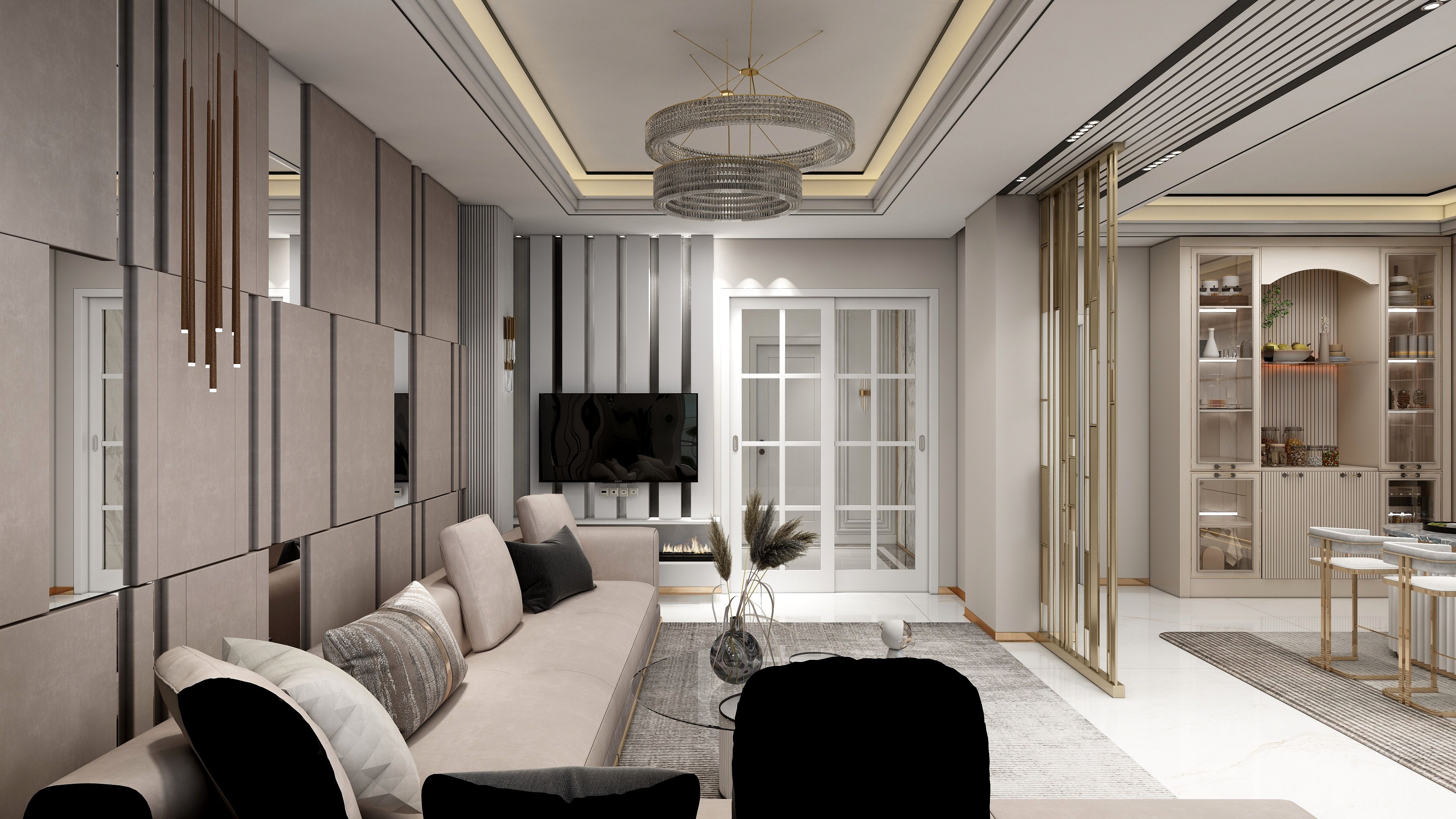Floor plan layout drawing: Mastering the Art of Floor Plan Layouts for Your Design Projects

Creating a floor plan layout drawing is an essential step in the interior design process that allows designers and homeowners alike to visualize the spatial relationships within a room or an entire home. A well-structured floor plan can enhance functionality, improve flow, and provide a clear understanding of how spaces will interact with one another. Whether you're a seasoned designer or an enthusiastic beginner, mastering the art of floor plan layouts is a skill that can elevate your design projects to new heights. First and foremost, understanding the fundamental elements of a floor plan is crucial. A floor plan typically includes walls, doors, windows, furniture, and appliances, all drawn to scale to represent the actual dimensions of the space accurately. When starting your drawing, it’s essential to measure the dimensions of the room meticulously. This will ensure that your floor plan is precise and that your subsequent design choices fit perfectly into the available space. Next, consider the flow of the space. Think about how people will move through the area. Is there enough room for furniture and traffic paths? It’s important to leave adequate space for movement, especially in high-traffic areas like hallways and kitchens. A good rule of thumb is to leave at least 36 inches of clearance for pathways to ensure comfort and accessibility. Once you’ve established the layout and flow, it’s time to think about functionality. Consider how the space will be used. For instance, in a living room, you'll want to arrange seating in a way that encourages conversation and relaxation. In a kitchen, ensure that the layout adheres to the work triangle concept, which suggests that the stove, sink, and refrigerator should be positioned in a triangle for efficiency. Another critical aspect of floor plan layout is zoning. Zoning helps to create distinct areas within an open concept space. For example, in a large living area, you might create a cozy reading nook with a chair and lamp, while designating another corner for conversation with a sofa and coffee table. Using rugs, lighting, and furniture placement can help to define these zones effectively. Technology has also revolutionized the way we create floor plans. Today, there are numerous software options available that simplify the drawing process, providing tools to create 2D and 3D layouts with ease. Coohom is one such platform that offers an extensive library of furniture models, design inspirations, and room templates, making it easier than ever for designers to visualize their concepts and present them effectively. Don’t forget about aesthetics when finalizing your floor plan. Consider how colors, textures, and materials will influence the overall look and feel of the space. A well-planned layout should not only be functional but also visually appealing. Play with various arrangements to see what works best for your style and preferences. In conclusion, creating a successful floor plan layout drawing requires careful consideration of space, flow, functionality, zoning, and aesthetics. By embracing these principles and utilizing powerful design tools like Coohom, you can transform your ideas into beautifully designed spaces that reflect your unique vision. So grab your measuring tape, unleash your creativity, and start drafting your perfect floor plan today!
Tips 1:
Utilize digital tools to streamline your design process and gain access to a vast library of furniture models to enhance your layout.
FAQ
welcome to Coohom
Please check with customer service before testing new feature.

